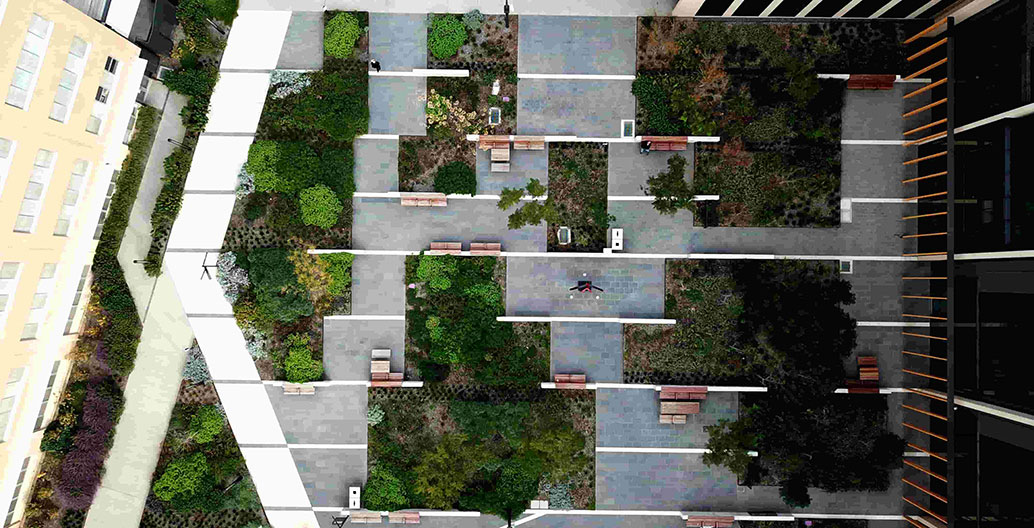
Designing the healthy city
Evidence is growing that many of our cities qualify as everything from ‘obesogenic’ – as encouraging unhealthy levels of weight gain – to ‘depressogenic’ – as leading to poor mental health. What can design do to help?
We are in the midst of a global obesity epidemic that has been burgeoning for decades, and only getting worse. The World Health Organisation (WHO) first recognised obesity as a global epidemic in 1997. Three years later, we reached an unsettling new historical landmark, when for the first time the number of adults with excess weight globally surpassed the number of those who were underweight. Since then, overweight and obesity levels have continued to rise, such that by 2016 the WHO reported that, globally, 39% of adults aged 18 years and over were overweight.
None of this data is likely to be all that shocking to those living in Australia, where recent reports have found that an astounding two out of every three people living in the country are overweight or obese. At least, it won’t be shocking to those living in the urban fringes or rural communities, where the overwhelming majority of overweight Australians live – because, despite persistent perceptions that weight gain is attributable to poor personal control or decision making, we know that obesity is in large part an environmental problem. Relative to rural and outer suburban areas, Australia’s inner suburbs typically enjoy access to more parks, gardens and recreational facilities, better public and active transport options, and a greater concentration of shops and restaurants selling healthy food. All of which, in crude terms, helps to ensure that those living in these privileged areas see an even balance between calories consumed and calories expended, while those living away from our urban centres spend more and more of their lives car-bound and trapped in traffic to the sharp detriment of their health.
In short, we are building ‘obesogenic environments’, but obesity isn’t the only health problem caused by the way we design, plan and occupy our cities. Evidence points to the possibility that living in cities might be associated with higher rates of depression and anxiety – that cities might in effect be ‘depressogenic’ – and in Australia especially many suburbs are becoming subject to extremely dangerous levels of heat thanks to wildly inappropriate modes of planning and construction. And then, of course, there are the lax controls around the pollution of air, soil and water from our transport and energy industries.
Rallied against these entropic and destructive dynamics, though, is an increasingly large band of researchers, policy makers, planners and landscape architects, who are working not only to raise awareness of these critical problems, but to implement solutions. Many of the most sophisticated hospitals in Australia now feature therapeutic landscapes, such as the one recently produced by Oculus at Bendigo Hospital, which are included for the proven benefits green spaces bring to patient treatment and recovery – or emotional respite and support, as long demonstrated in the Maggie’s Centres. We have also started to see a concerted push from landscape architects and planners in South Australia and elsewhere to develop our towns and cities through salutogenic, or health-promoting, principles. As RMIT University’s Billie Giles-Corti and others have pointed out, urban design can help curb obesity. Meanwhile, Healthabitat, the environmental health and design non-profit founded in Australia in 1985, continues to do vital work in remote and disadvantaged communities not only in Australia, but now also around the world.
Over the coming weeks, Foreground will be exploring the vital role of landscape architecture, urban design and planning in making healthful urban environments in a new series of features entitled Transformative Landscapes. The series will be capped by a symposium at the National Gallery of Victoria where we will be joined by many of the designers, thinkers and doers mentioned here.
We hope to see you there, but until then, we welcome your feedback and any suggestions you might have as to potential avenues of exploration in the design of healthy cities.
– The Foreground editors
team@foreground.com.au


